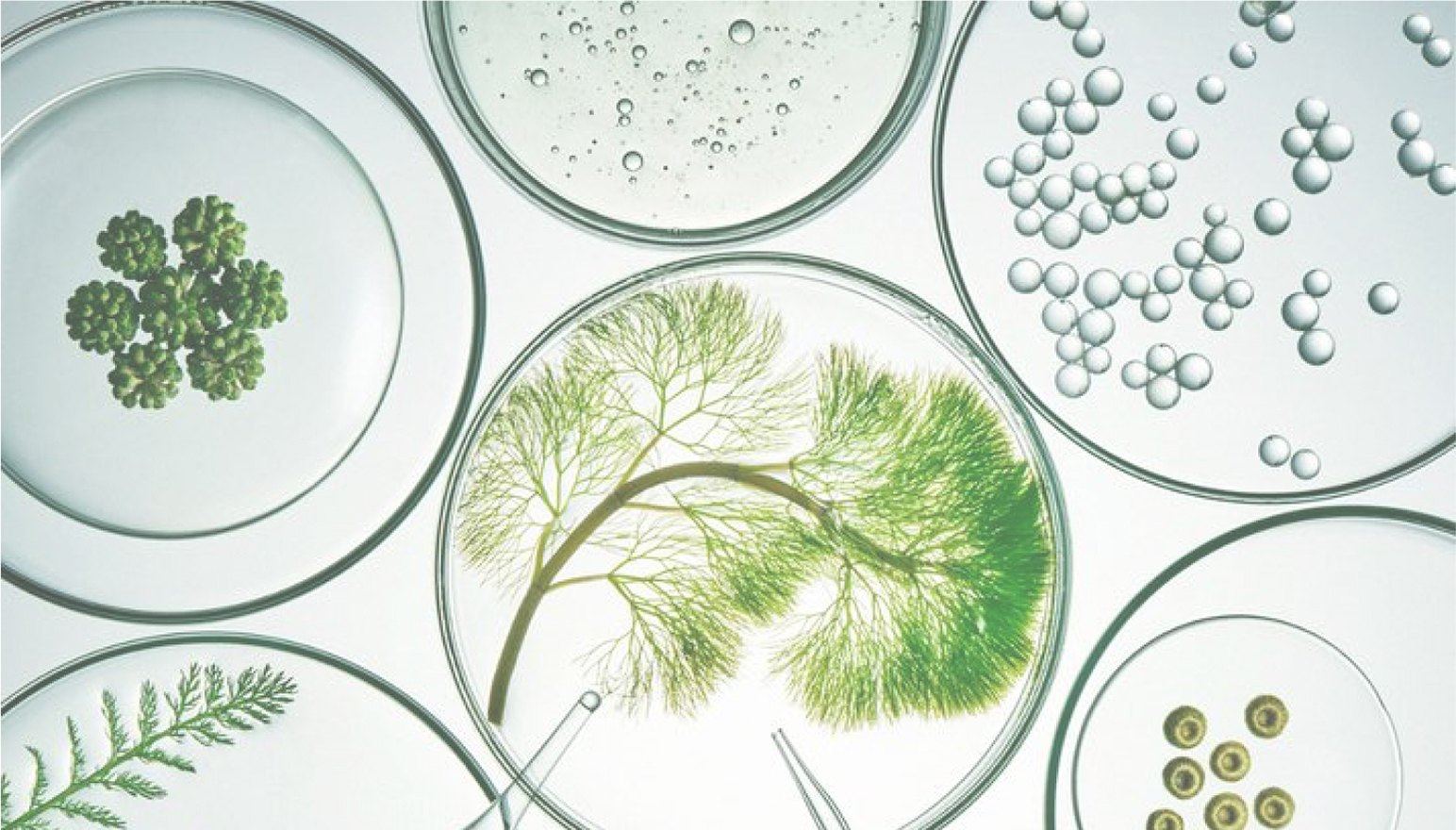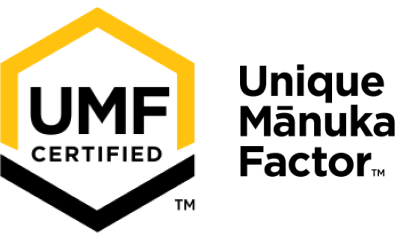Industry Insights

Mānuka Honey Modulates the Release Profile of a dHL-60 Neutrophil Model under Anti-Inflammatory Stimulation
Mai 26, 2020
Mānuka honey, a wound treatment used to eradicate bacteria, resolve inflammation, and promote wound healing, is a current focus in the tissue engineering community as a tissue template additive. However, Manuka honey’s effect on neutrophils during the inflammation-resolving phase has yet to be examined. This study investigates the effect of 0.5% and 3% Manuka honey…
High-throughput microbial bioassays to screen potential NewZealand functional food ingredients intended to manage the growth of probiotic and pathogenic gut bacteria
Douglas I. Rosendale, Ian S. Maddox, Michelle C. Miles, Maroussia Rodier, Margot Skinner & Juliet Sutherland • September 23, 2008
A spectrophotometric bioassay was used to screen selected food ingredients intended for the development of functional foods to influence the growth of good gut bacteria. Dose-response profiles displaying growth, and the magnitude of deviation from the growth of controls, were generated for probiotic lactobacillus reuteri, Lactobacillus rhamnosus, Bifidobacterium lactis and pathogens Escherichia coli, SalmonellaTyphimurium and staphylococcus aureus….
Mānuka honey (Leptospermum scoparium) inhibits jack bean urease activity due to methylglyoxal and dihydroxyacetone
September 4, 2017
Mānuka honey (Leptospermum scoparium) exerts a strong antibacterial effect. Bacterial enzymes are an important target for antibacterial compounds. The enzyme urease produces ammonia and enables bacteria to adapt to an acidic environment. A new enzymatic assay, based on photometric detection of ammonia with ninhydrin, was developed to study urease activity. Methylglyoxal (MGO) and its precursor dihydroxyacetone…
From the sea to the bee: Gellan gum-honey-diatom composite to deliver resveratrol for cartilage regeneration under oxidative stress conditions
April 4, 2020
Carbohydrate-based porous scaffolds are promising biomaterials to support cartilage regeneration. In this respect, their composition could be designed to face clinical challenges, i.e., articular load bearing, infections and oxidative stress. Herein, an innovative scaffold has been developed, combining raw materials belonging to different kingdoms of life. Indeed, gellan gum, a bacterial-derived carbohydrate, was blended with…
Proteomic analysis of honey. Identification of unique peptide markers for authentication of NZ mānuka (Leptospermum scoparium) honey
Juli 15, 2021
Proteomics is an emerging tool in food authentication that has not been optimised for honey analysis. In this study, we present a qualitative proteomic analysis of New Zealand mānuka (Leptospermum scoparium) honey. A total of fifty bee-derived proteins were identified in the honey, the most predominant being major royal jelly proteins (MRJPs). We also demonstrate…
Rifampicin-Mānuka Honey Combinations Are Superior to Other Antibiotic-Mānuka Honey Combinations in Eradicating Staphylococcus aureus Biofilms
Januar 11, 2018
Chronic wound infections are a major burden to both society and the health care industry. Bacterial biofilms are the major cause of chronic wound infections and are notoriously recalcitrant to treatments with antibiotics, making them difficult to eradicate. Thus, new approaches are required to combat biofilms in chronic wounds. One possible approach is to use…
Antibacterial activity of varying UMF-graded mānuka honeys
Oktober 25, 2019
Honey has been used as a traditional remedy for skin and soft tissue infections due to its ability to promote wound healing. Mānuka honey is recognized for its unusually abundant content of the antibacterial compound, methylglyoxal (MGO). The Unique Mānuka Factor (UMF) grading system reflects the MGO concentration in mānuka honey sold commercially. Our objective…
Identification of some antibacterial constituents of New Zealand mānuka honey.
Januar 1, 1990
Russell, K. M., Molan, P.C., Wilkins, A. L., Holland, P. T. (1990) Follow link to purchase PDF: https://pubs.acs.org/doi/abs/10.1021/jf00091a002.


